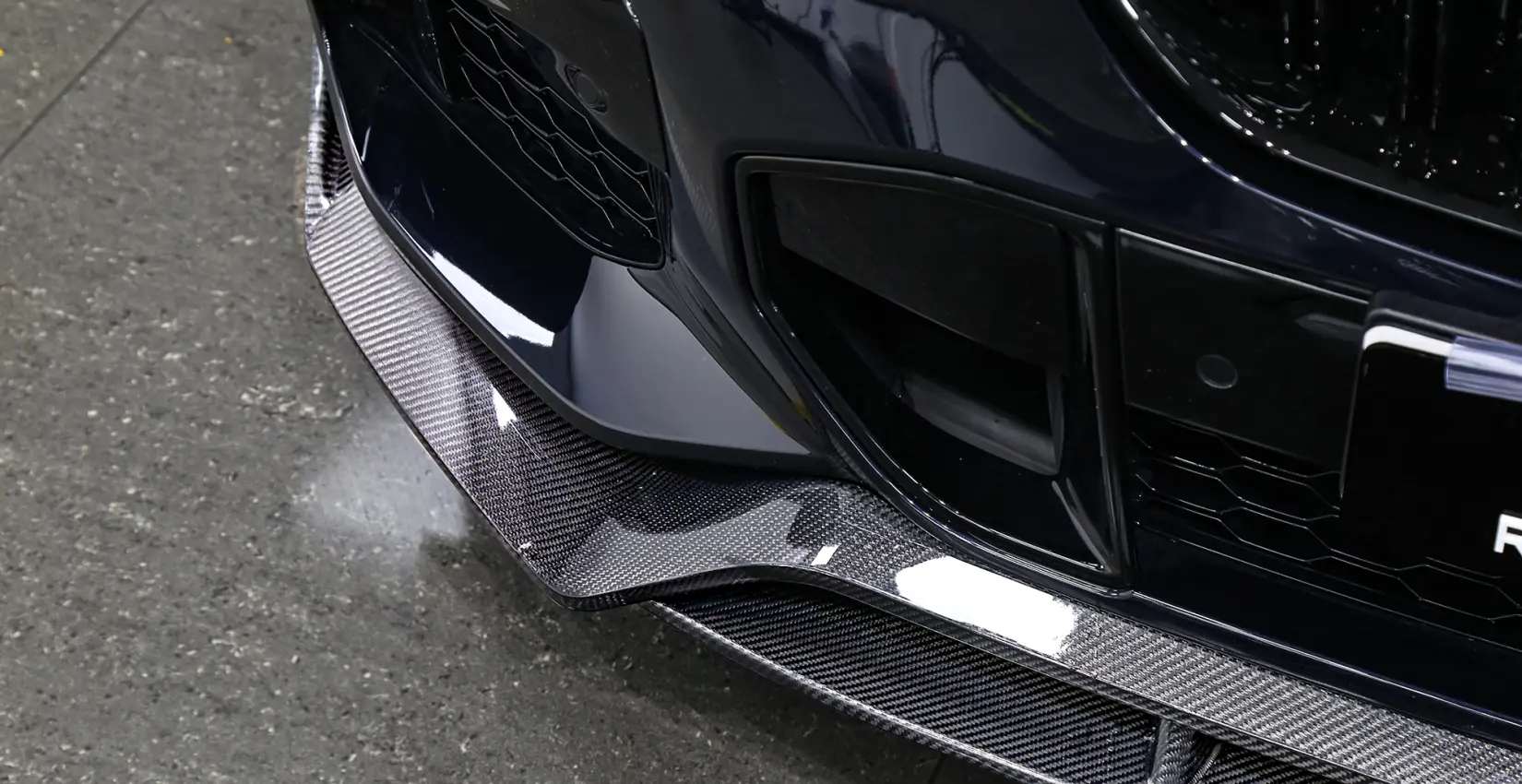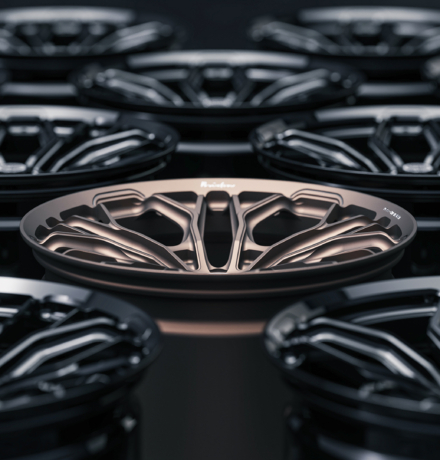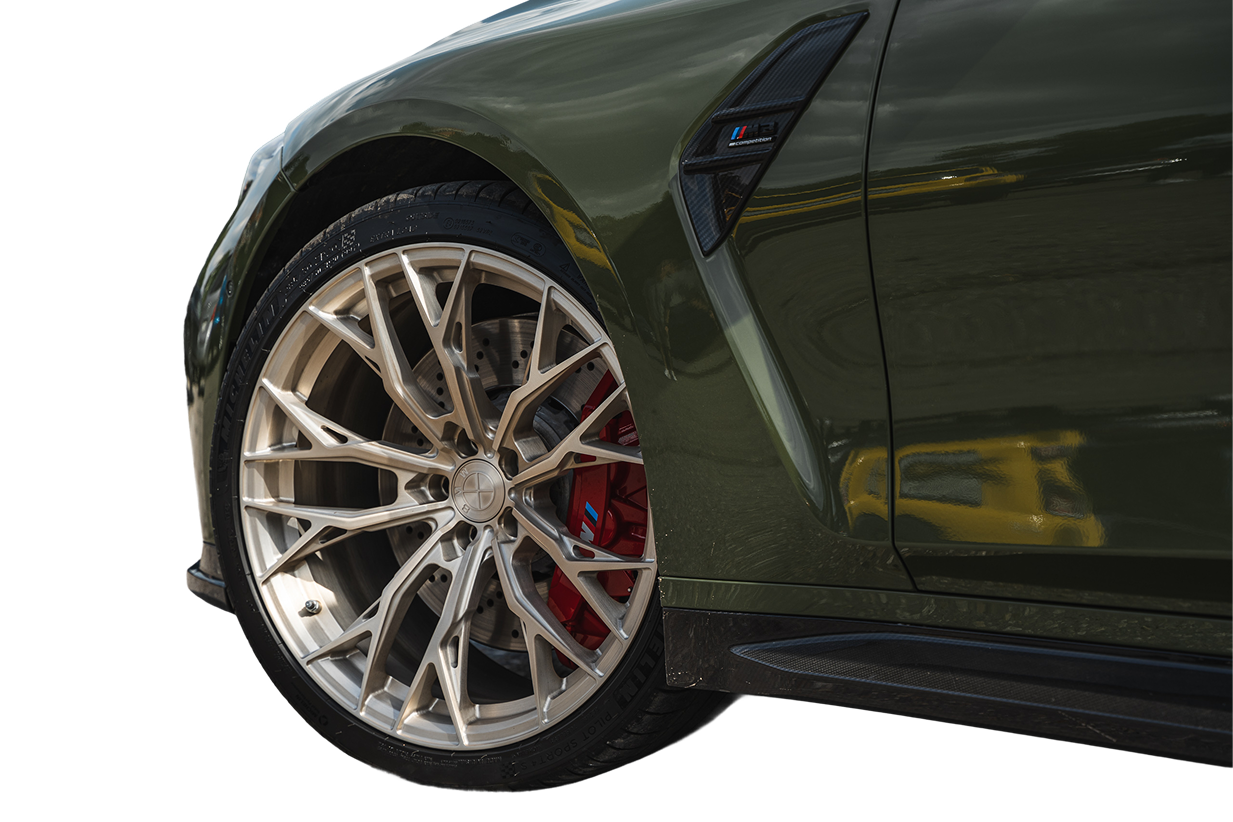A carbon fiber body kit is not only a stylish element of a car’s exterior design, but also an investment in its preservation and attractiveness. However, in order to ensure the longevity and maintain the attractive appearance of the carbon fiber body kit, it is necessary to properly care for it.
If you follow the rules of care, your car will always look top notch.
Features and characteristics of carbon
Carbon, or carbon fiber, is one of the most popular and sought-after materials in the automotive industry, especially for body kits and other exterior car elements.
Carbon consists of interwoven carbon fibers that are in a bonding matrix impregnated with polymer resins.
- The fibers have different directions to ensure optimum mechanical properties;
- carbon body kits have high strength at a low weight, reducing vehicle weight and improving dynamic performance.
- Carbon fibers have high strength and stiffness, which makes these body kits very reliable and resistant to mechanical impacts.
Carbon is not subject to corrosion, so it is suitable for use in high humidity or aggressive environments. It is a perfect combination of lightness, durability, aesthetics and functionality.
This material looks stylish and modern, adding to the aesthetic appearance of the car. Carbon elements are often used in sports body kits and premium tuning.
Carbon is used to create design elements for car modification — front and rear bumpers, spoilers, sills, air intakes and other parts that give the body an aggressive and unique look.
For example, the carbon fiber roof spoiler on the BMW M3 not only improves the aerodynamics of the car, but also gives it a sporty look. And carbon fiber air intakes on the front bumper of the Porsche 911 Turbo improve engine cooling and add glamor to the car’s appearance.
Technical properties of carbon fiber
This polymer material is resistant to extreme temperatures and UV radiation.
- Carbon materials are well tolerant of low temperatures and are not prone to cracking or changing their structure when frozen;
- fibers are also resistant to high temperatures and are not prone to deformation or melting, which is sometimes encountered in automotive parts;
- carbon fibers do not fade or deteriorate when exposed to sunlight, allowing them to retain their appearance and quality for a long time when used outdoors.
Carbon has a characteristic texture that resembles a grid or pattern of interwoven fibers. This pattern can vary in density and direction depending on how the material is manufactured and used.
Typically, carbon is dark gray or black in color. However, depending on the type of bonding matrix and surface treatment, there can be different shades, glossy or matte finishes. The material may be treated or coated with a special protective layer.
Such parts have some shine, which gives them a stylish and modern appearance. The texture is characterized by flexibility, light weight and easy use. Low weight with high strength — ideal for automotive body kits where thermal stability and reduced deformation risks are needed.

Reasons to install carbon fiber body kits
- Emphasize style and appearance
- improved aerodynamics
- performance enhancement
- body protection;
- premium aesthetics.
Carbon fiber body kits give a vehicle a great look. They can change the silhouette of a vehicle. Carbon spoilers, diffusers and air intakes can emphasize its lines and add aesthetic charm.
Some body kits are designed with aerodynamic principles in mind to improve a car’s performance. Such tuning reduces lift and improves stability at high speeds.
Some carbon fiber body kits can also help reduce the weight of the car, resulting in improved speed and handling. Weight reduction is often a key factor for car enthusiasts seeking optimal performance.
Composite fiber serves as protection for the body against mechanical damage, scratches, rocks, and other negative impacts. Front and rear bumpers reduce the risk of damage in collisions or when driving on dirt roads.
Installing carbon fiber body kits allows the car owner to stand out from the crowd and make their car unique. Various finishes and designs are available so that you can always order customized tuning to suit your preferences.
These body kits are widely used on sports and racing cars such as Ferrari, Lamborghini, Porsche and BMW M-series to improve their appearance and optimize power.
How carbon fiber body kits are created
Key steps:
- Material selection;
- molding;
- resin impregnation;
- curing;
- finishing.
Carbon fibers are used to make carbon body kits, which can be pre-impregnated with resin to provide the desired characteristics. They are selected based on the strength, stiffness and appearance requirements of the body kit.
The molding process involves creating a mold or matrix into which a layer of resin-impregnated carbon fibers is placed. The material is then subjected to high pressure and temperature to ensure that the desired body kit configuration is formed.
The carbon fibers are impregnated with a special resin that provides the binder and gives the body kit the necessary strength and rigidity. It is important to distribute the resin evenly over the entire surface.
Next, the body kit is subjected to the curing process, as a result of which the resin polymerizes and becomes strong and resistant to mechanical influences. For a better and faster effect, heating or ultraviolet lamps are used.
When the curing is complete, the carbon body kit undergoes a finishing stage including sanding, polishing and the application of a protective layer. This is done to make the surface of the body kit smooth, shiny and protected from external influences.
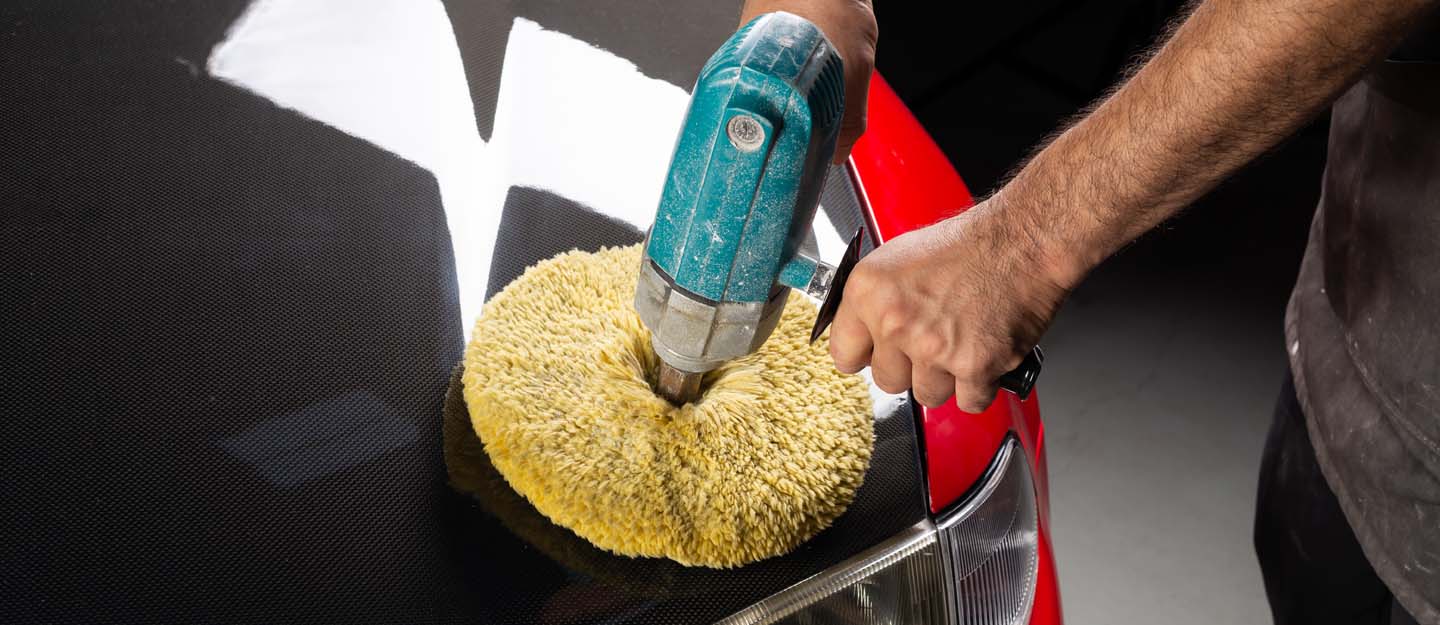
What are the advantages of carbon fiber body kits?
- lightness;
- strength;
- rigidity;
- flexibility;
- aesthetics.
Such tuning elements are characterized by low weight with high strength. For example, body kit for BMW M3 can weigh only 5-7 kg, instead of the standard weight of 15-20 kg.
These materials are very reliable and resistant to mechanical influences. They can withstand high loads at high speeds and provide stability and controllability.
Exclusive tuning attracts attention and makes the car an object of admiration of others. Carbon sills and splitters for Audi RS6 add sportiness and style to the appearance of the car.
Car owners often decide to order custom tuning to personalize their car. Diffusers, sills, bumpers and mirrors made of carbon fiber can be made in different styles and shades — and this is not a complete list of modification details.
Disadvantages of the material
Despite the many advantages, this composite fiber has some disadvantages:
- high cost;
- complicated manufacturing process;
- labor-intensive installation requires professionalism;
- careful handling and care are required.
Carbon fiber body kits are often more expensive than body kits made of other materials such as steel or plastic. This is due to the high cost of raw materials and the manufacturing process.
This material, despite its durability, requires careful handling and special care to maintain its appearance for a long time. It is necessary to avoid pitting and improper use to prevent scratches, loss of gloss and even deformation.
When broken, carbon crumbles to form many sharp shards with no possibility of repair. To avoid negative consequences, you should entrust the manufacture and installation of tuning to competent professionals, turning to companies with an excellent reputation and guarantees.
Maintenance rules
Effective care of your carbon fiber body kit involves several important steps:
- Regular cleaning helps maintain the appearance of the carbon fiber body kit and prevents the accumulation of dirt and dust, which can cause loss of shine and damage to the material. A soft sponge or cloth dipped in a mild detergent will do. Rinse the body kit thoroughly with water and dry with a soft, dry cloth.
- Polishing helps restore the shine of the body kit and remove minor scratches or scuffs. You can use special polishing agents for carbon fiber, which will ensure a soft and even polishing of the surface. In the end, it is recommended to apply a protective layer to preserve the results.
- For UV protection, it is recommended to use special protective products containing UV filters. They will help to preserve the color and quality of the carbon fiber body kit for a long time.
Regular inspection for damage will help to detect damage at an early stage and prevent it from spreading further. Carefully inspect the body kit for scratches, chips or cracks. If you notice deformation, it is recommended that you take immediate action to repair them while further deterioration of the body kit can still be avoided.
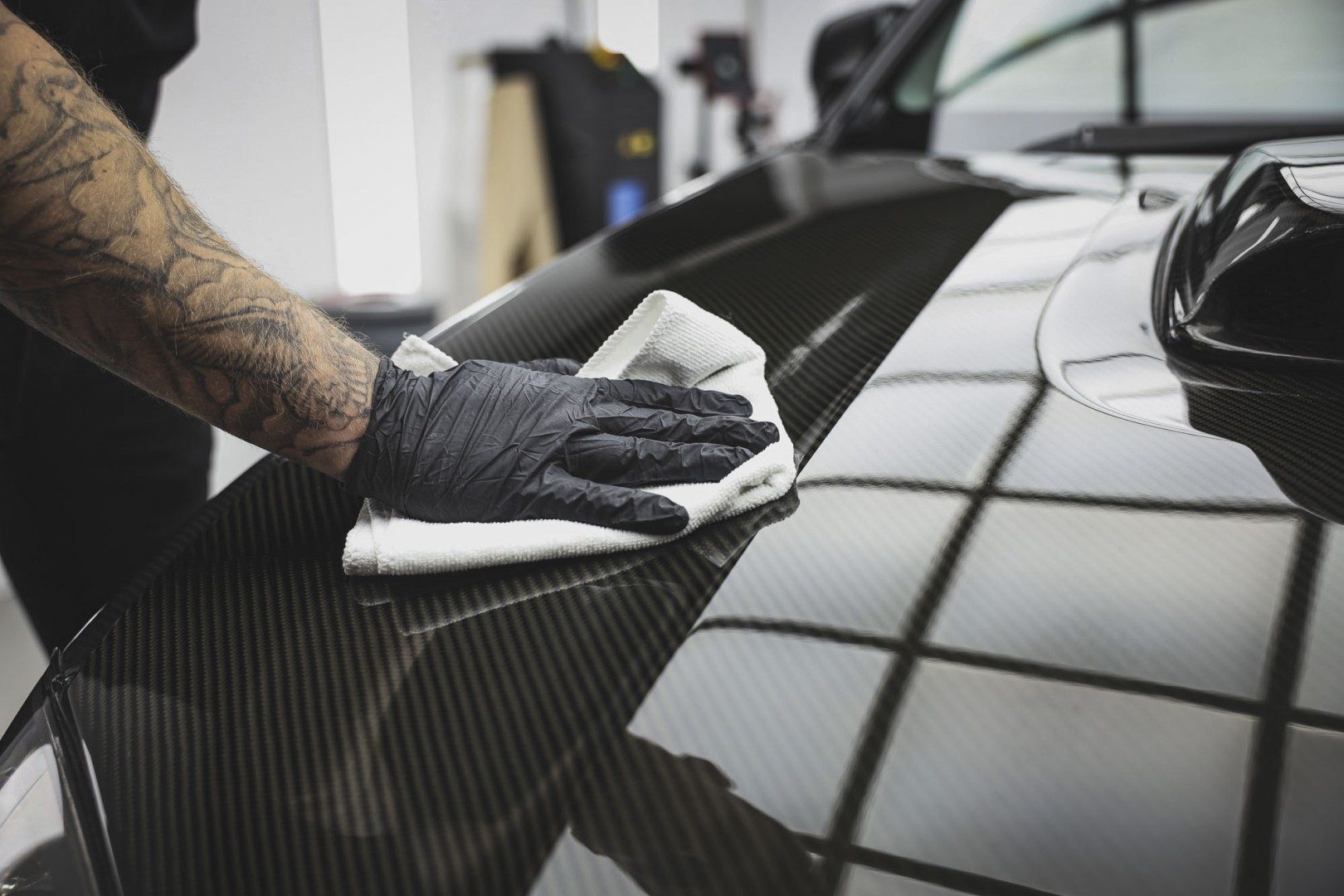
Myths about carbon fiber on a car:
- Carbon is inflexible and breaks easily.
How it really is:
Carbon parts on cars have high strength and stiffness, which makes them resistant to mechanical impacts. Although it can be more brittle than some other materials, its strength is sufficient to protect the bodywork from damage under normal use.
- Requires special care and maintenance.
Care is necessary, but it is not more difficult or time-consuming than maintenance of other materials. Regular cleaning and UV protection will help keep parts in excellent condition.
Judicious use and proper care of composite parts will help dispel these myths and demonstrate their durability, reliability, and longevity in the automotive industry.
How to choose the right carbon fiber body kits
Pay attention to:
- the quality of the material;
- manufacturer;
- compatibility;
- installation options;
- price.
High-quality carbon has a homogeneous structure and excellent strength, which guarantees durability and aesthetic appeal. A reliable manufacturer of designer body kits provides high quality products and ensures that they meet safety and quality standards.
Before buying, make sure that the selected body kit is compatible with your car. Incorrectly matched parts can lead to problems during installation and use, as well as negatively affect the appearance of the body.
Do not choose too cheap options that are unlikely to last long.
If you are not sure of your skills in installing body parts, it is better to ask professionals for help.








